The Covid Diaries 41: Pitzhanger Manor, London Voices, London Lives
A review of Pitzhanger Manor in Ealing and the exhibition London Voices, London Lives. In which I would love to be invited to a dinner party by the Soanes, if only to admire their lovely garden and hand-painted wall paper.
So what is Pitzhanger Manor anyway?
Pitzhanger Manor has been another post-lockdown discovery after 10+ years in London. I hadn’t ever actually been to Ealing, let alone known that I could visit Sir John Soane’s former manor house! I had been to Sir John Soane’s Museum in Lincoln’s Inn Fields once a few years back. So knew him as a collector of art and antiquities, and architect of the Bank of England among other buildings, but not much more than that. In terms of Pitzhanger Manor, once it was a country home, but now it is very much not. It’s just off Ealing Broadway, which means a visit can easily be combined with a spot of shopping. I recommend the Oxfam Bookshop and stopping somewhere for lunch. Just as well when it took us over an hour to get there from our home in East-ish London… But I digress.
So it was once a country home. There has been some kind of Pitzhanger Manor (with various spellings) on the site since the 1600s. In 1768 the inhabitants commissioned architect George Dance to build an extension. One of Dance’s apprentices was none other than John Soane! So later when Soane wanted a country house to show off his collections and entertain his friends, he chose Pitzhanger. He purchased the manor in 1800 and had grand visions for the site. He knocked most of it down to rebuild, but retained the wing he had worked on with Dance. This is now the oldest part of the building, comprising the dining room and formal drawing room.
Pitzhanger Manor: Seat of a Dynasty, Library, Museum
Soane only lived in Pitzhanger for six years after the rebuild, from 1804 to 1810. He had apparently wanted it to be the seat of an architectural dynasty, but fell out with his sons instead… It then passed through various owners and numerous architectural changes when it became a public library at one point. It has been a museum and gallery in different formats since the mid-1980s. In 2019 a major restoration programme was completed, which brought it closer to Soane’s original design.
Visiting Pitzhanger Manor today is a very interesting experience. As well as the manor house itself it also has a contemporary art gallery (on which more shortly). Personally, my favourite thing about the manor itself was its scale. It’s not a proper old pile like Bleinheim Palace or Petworth, it was just the country home of a reasonably successful man who through his professional talents was able to ensure Pitzhanger was (re)built to reflect up to date taste and style.
Instead of the finest marble or alabaster in the entrance hall, for example, a workman has skillfully painted wood to look like marble. The effect is actually very impressive! Judicious use of mirrors, angles and viewpoints makes the spaces in various rooms appear larger. This would have shown off Soane’s collection nicely. Soane had planned a grand two-storey conservatory, but scaled back this vision as impractical and built something more modest instead. The original conservatory was actually demolished in 1910 so what we see today is part of the restoration project).
Dinner Parties à la Austen
As I visited the manor, I had in mind all those social gatherings in Jane Austen novels. Lady Catherine de Burgh aside, this was probably the type of social circle that Austen’s novels reflect. The warmly coloured, beautifully decorated rooms of Pitzhanger Manor can provide an updated mental backdrop for me whenever I next read Persuasion and the like.
What really got me excited about Pitzhanger though, aside from the lovely handpainted wallpaper, was how they have made the house meaningful. Even without all the library conversions and de-conversions, the Soanes only lived there for 10 years. And that was more than 200 years ago. The Museum in Lincoln’s Inn Fields is now the site of their collection, so although the decoration scheme has been carefully brought back to the original (often relying on sketches to match the patterns and colour schemes), there’s nothing to display over in Ealing.
What they have done instead is to tell a story. In various rooms of the house, you find information panels which describe the stages of a dinner party. There are panels on the pre-dinner conversation, the dinner itself, moving on to the drawing room etc. It’s not just abstract but has an actual cast of characters including J.M.W. Turner, an opera singer, and of course Sir John and Lady Soane. Each room tells the story of how the space was used through pictures and descriptions. In the dining room an embroidered tablecloth is a fun way to show where everyone might have sat, and has interesting facts (gossip) about different guests. It even has a sound recording which kicks in and brings some life to the proceedings.
It’s such a clever way of getting around the fact that there is no collection to display, and helped me immensely to visualise a Regency social evening.
London Voices, London Lives
I was excited to visit Pitzhanger to see their exhibition London Voices, London Lives. The core of the exhibition is the famous series of eight paintings entitled A Rake’s Progress. William Hogarth painted the works in 1732-1734 and the Soanes acquired them at auction in 1802. This was during their Pitzhanger period, so they bought them to hang here. In fact a series of original engravings in one of the rooms approximates how they would have looked in situ.
But along with the rest of the Soane collection, A Rake’s Progress decamped to Lincoln’s Inn Fields in 1810. This exhibition brings them back to the house they were bought for (well almost, it’s the gallery/former lending library next door), and puts them in conversation with contemporary artists who explore life in London today, in photography, film, sound and other media.
Part I: A Rake’s Progress and John Riddy
The exhibition is split into two spaces. The first has A Rake’s Progress displayed around a large cube in the middle of a self-contained room. Opposite Hogarth’s paintings are photographs by John Riddy showing London today, from private clubs to social housing estates. The contrast (particularly with the inclusion of the Bank of England building Soane designed) works well. It shows that, although we may have moved on from the language of ‘asylums’ and debtors’ prisons and so on, the giddy highs and lows of the London experience are still there.
The presentation in this room is very visually striking (see below). The colour selected to offset Hogarth’s paintings was deliberately chosen to be reminiscent of that which Soane chose for the room in which the series was originally displayed – you can see the rich red in my pictures of the Manor above. This is a good way to bring in the site-specific element to the exhibition without actually having the paintings back in Soane’s house.
When we entered this room, the visitor host suggested that we look up the Wikipedia page for A Rake’s Progress. This was a genius idea – for those who want to really follow the story the paintings are telling, the Wikipedia entry does this perfectly with lots of specific detail. It is far more efficient than reinventing the wheel by writing labels that try to do the same thing. There is so much that would have been obvious to a viewer at the time but needs pointing out to us now that I found it an enjoyable way to follow the storyline.
Part II: Contemporary London Voices
So after enjoying Tom Rakewell’s downfall with great Schadenfreude, I then moved on to the second part of the exhibition. This occupies a few sectioned spaces in a larger room than the first. There are works by half a dozen artists which, according to the introductory text, differ from Hogarth’s paintings by viewing London not through the lens of one individual, but through the experience of being part of the crowd. They have made a couple of changes to accommodate Covid and social distancing. Notably this means making some of the longer audio/visual works available to enjoy at home to avoid crowding in small spaces. But there are still plenty of interesting things here.
The standout for me was Driftwood, a 1999 video by Oliver Payne and Nick Relph which ‘observes the flow of people and finance through the decaying infrastructure of the city’. It’s surprisingly captivating; I noted the QR code and password to be able to watch it later at my leisure. Having seen the efforts to save the skate park at the Southbank Centre, I was also interested in a project which documented the community effort to preserve this increasingly rare public space.
Final Thoughts on Pitzhanger Manor
The thing with this exhibition, though, is that I didn’t think it quite hung together. Perhaps it was the space itself – the first room with the Hogarths and works by John Riddy is so self-contained that the second room, while interesting and insightful on the experience of London today, seems like a separate exhibition. The old vs. new, individual vs. anonymous point of view didn’t quite gel for me either. I could just be being picky though as the works themselves were very interesting in the aspects of contemporary London life that they picked up on.
Maybe the changes that were made for Covid impacted this cohesiveness? I think a bit more curatorial guidance to draw out the themes and points of continuity or difference with A Rake’s Progress would also have helped. Definitely check it out if you are near Ealing though. Just seeing the Hogarth series with a little more room for it to speak for itself is worthwhile. The team at Pitzhanger Manor have also been working very hard to plug some of the Covid-shaped hole in their finances so would appreciate your visit.
On its own merits: 4/5
London Voices, London Lives: 3/5
Implementing Covid rules: 3.5/5
London Voices, London Lives until 31 December 2020
If you see this after your page is loaded completely, leafletJS files are missing.

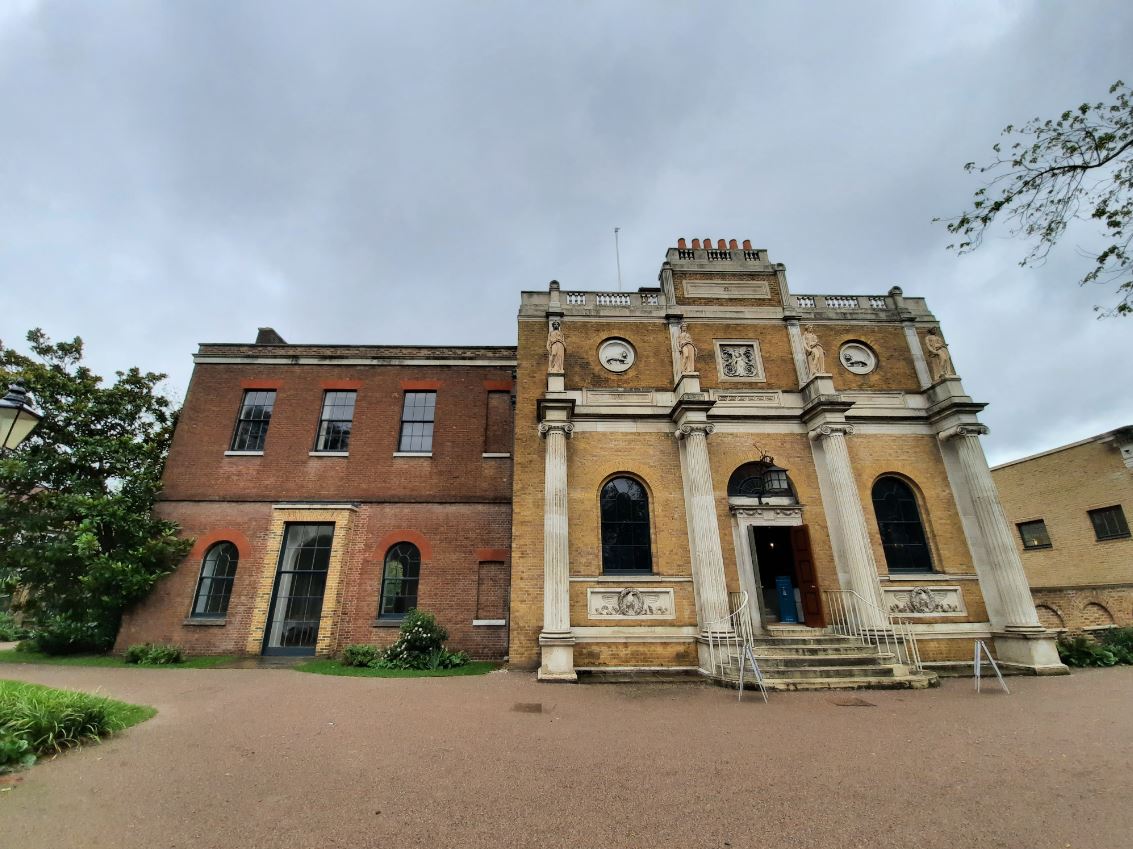
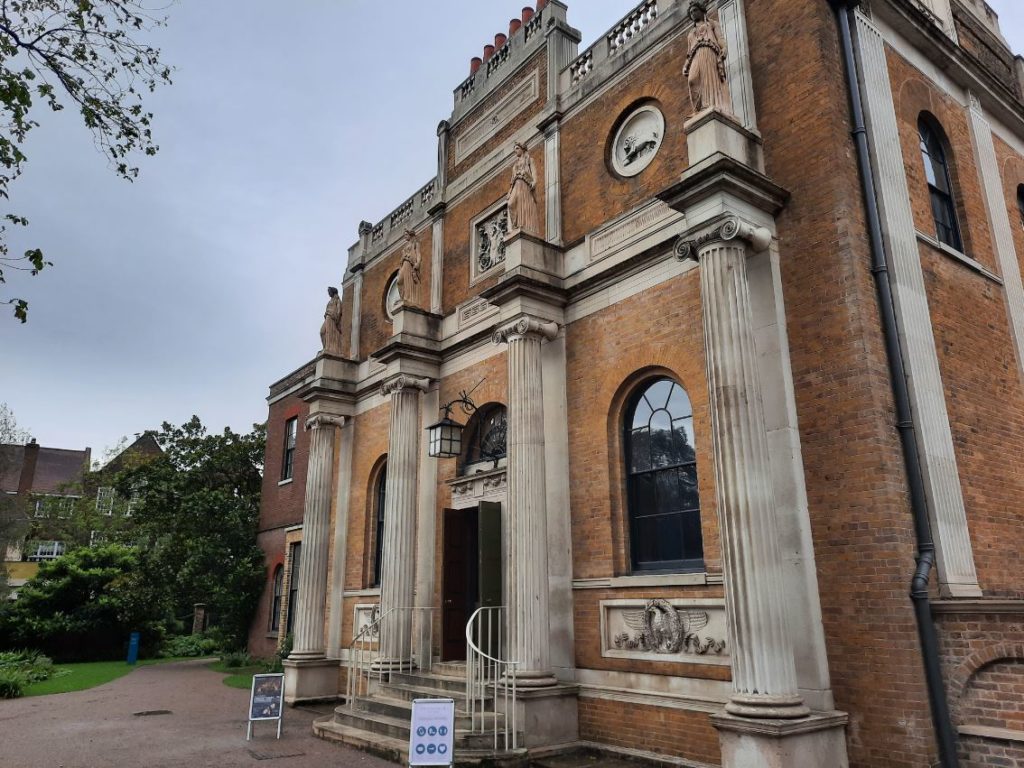
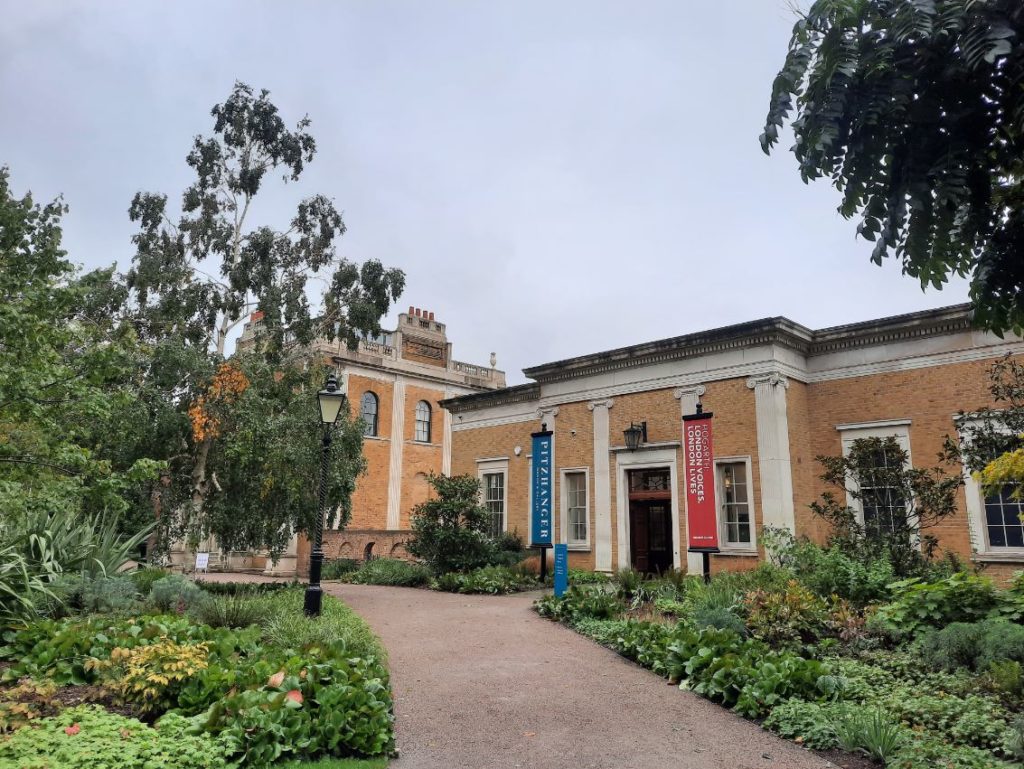
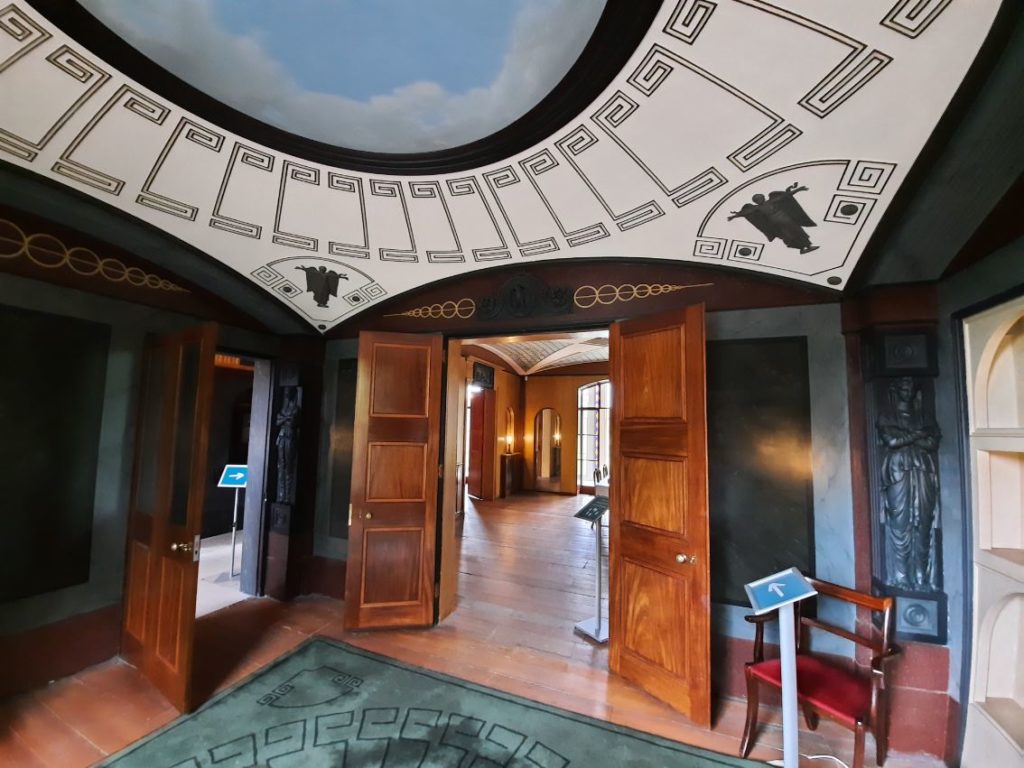
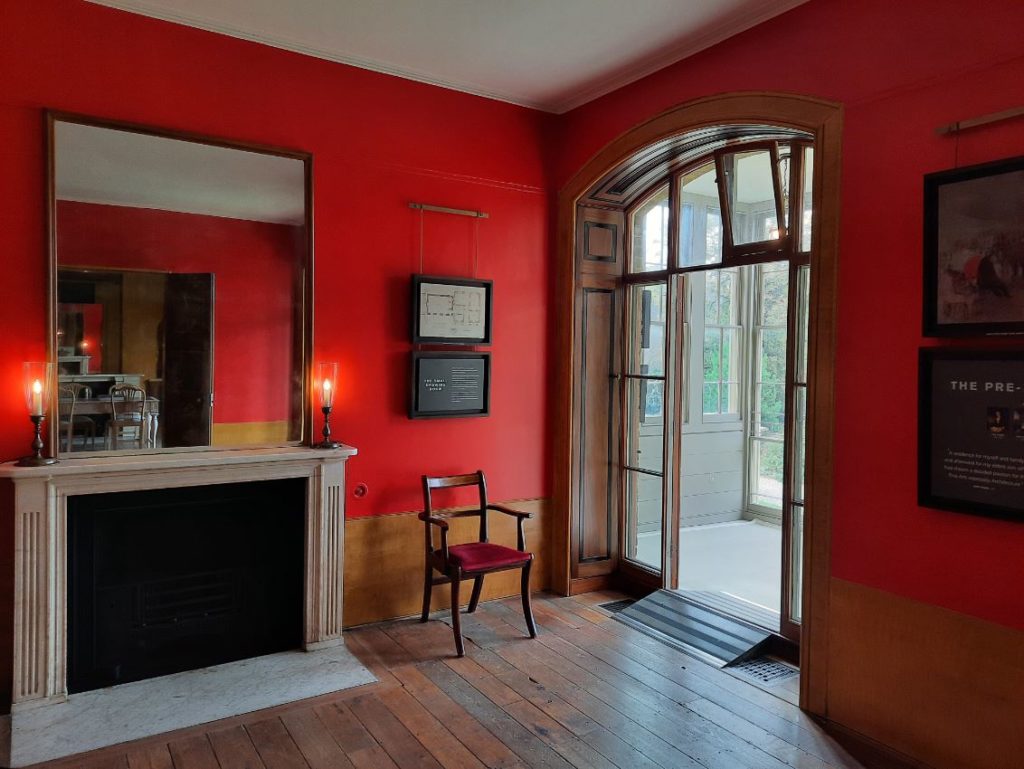
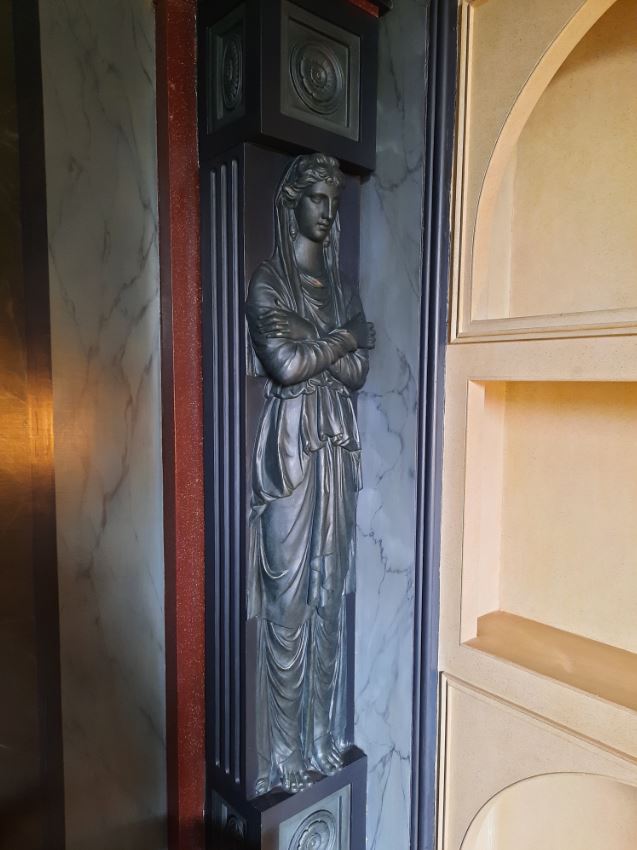
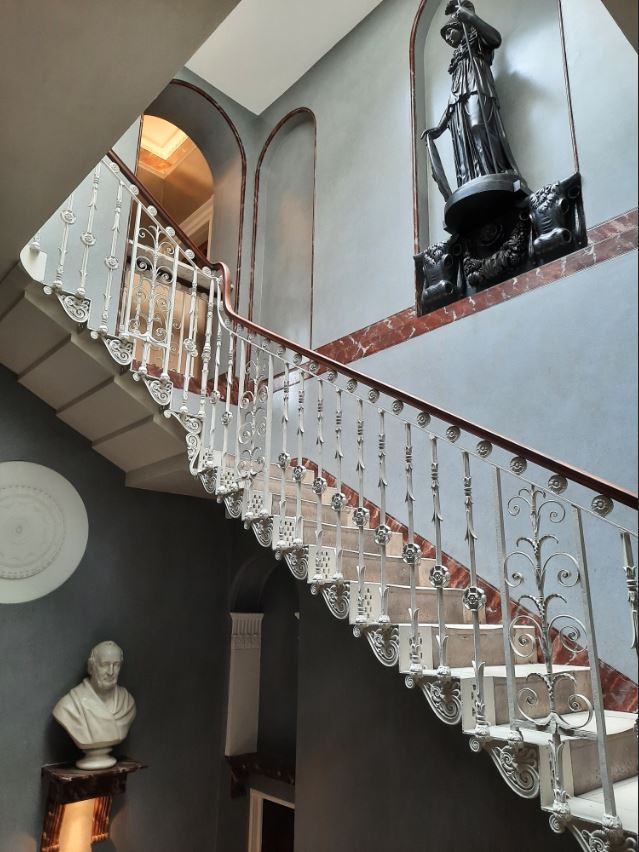
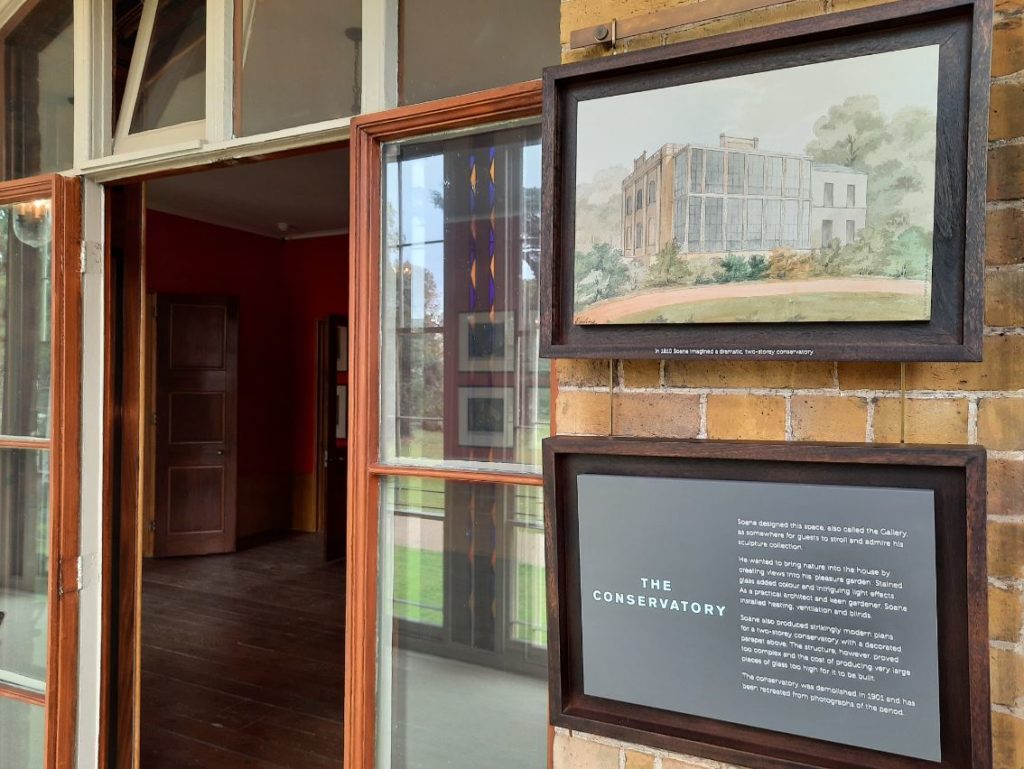
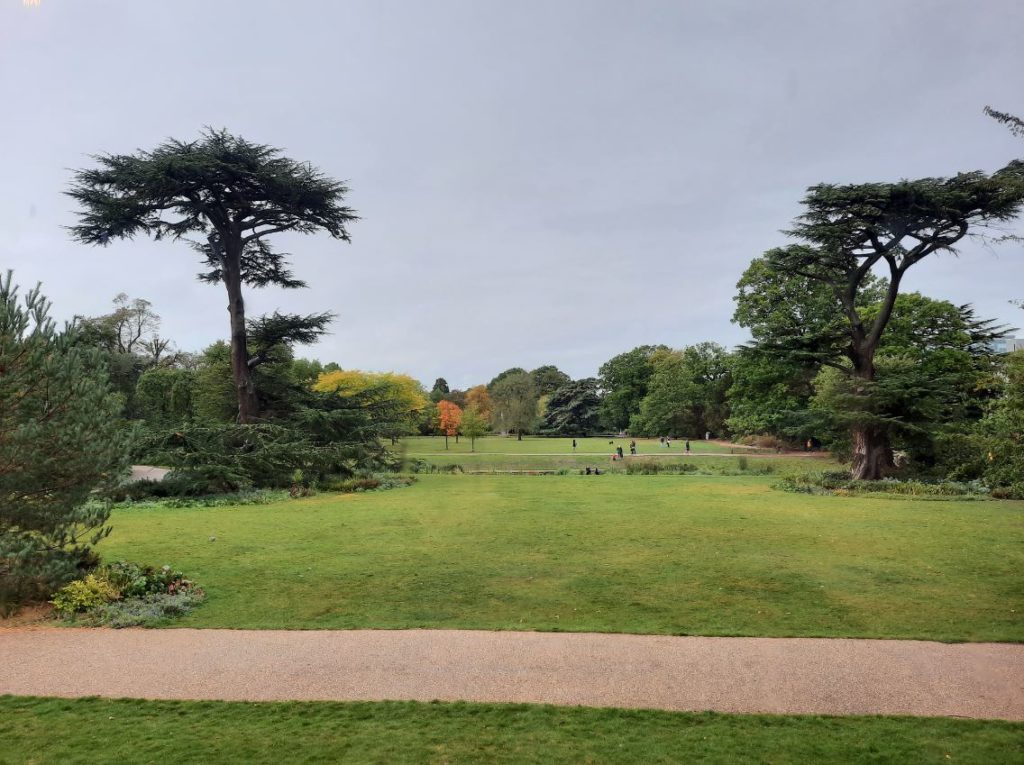
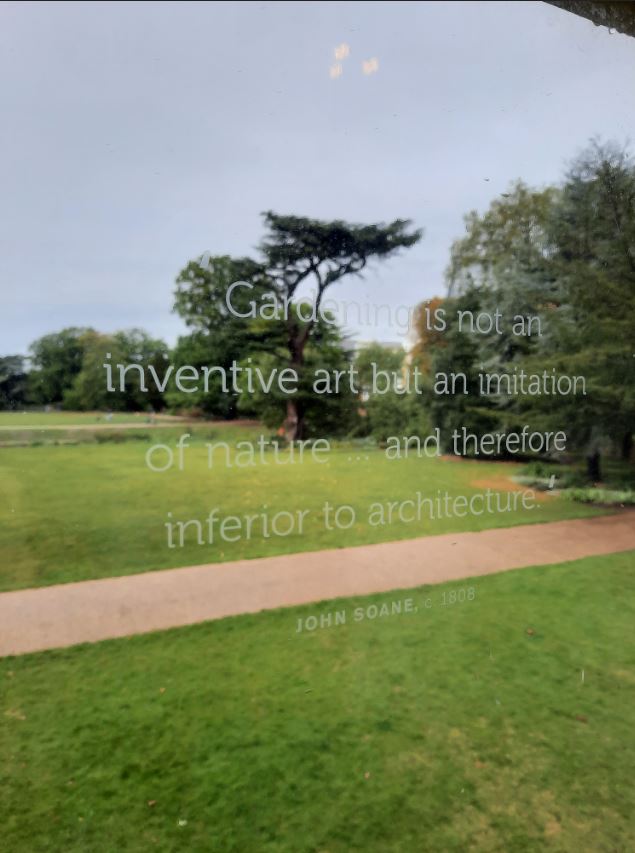
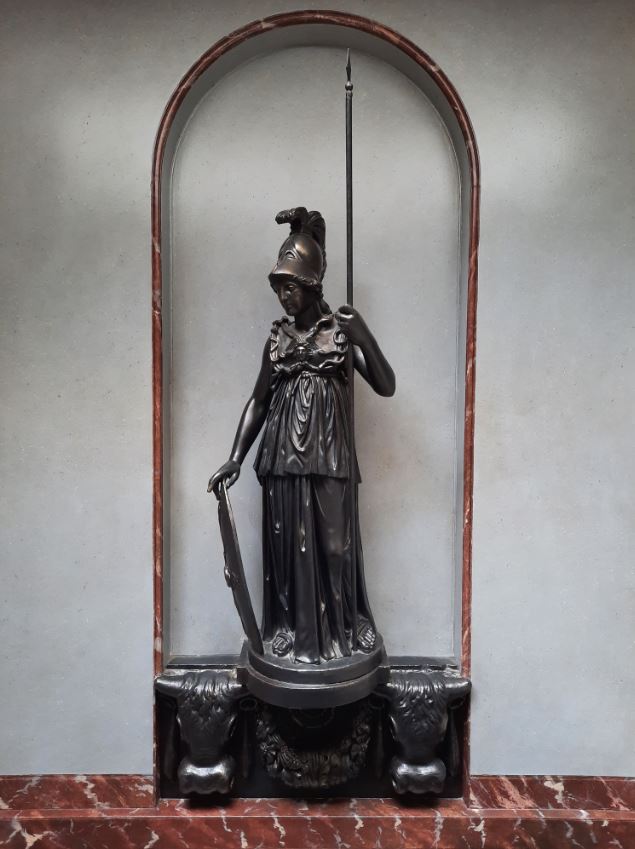
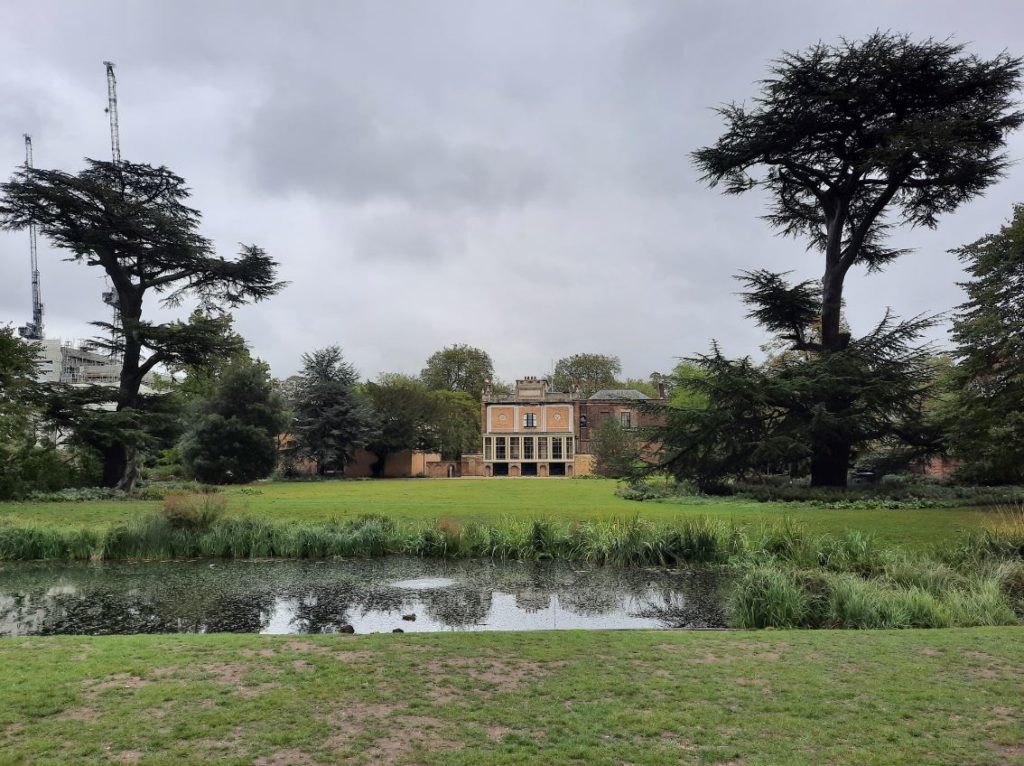
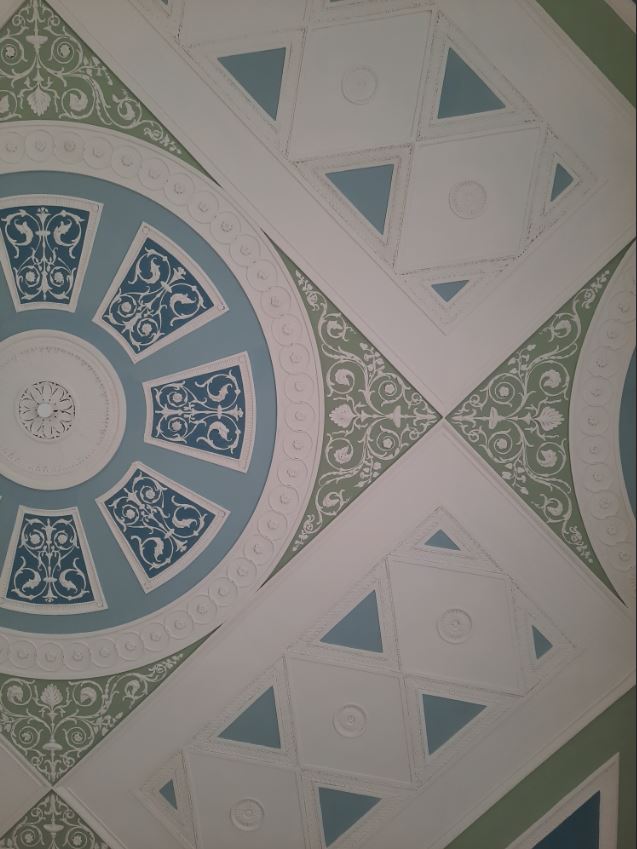
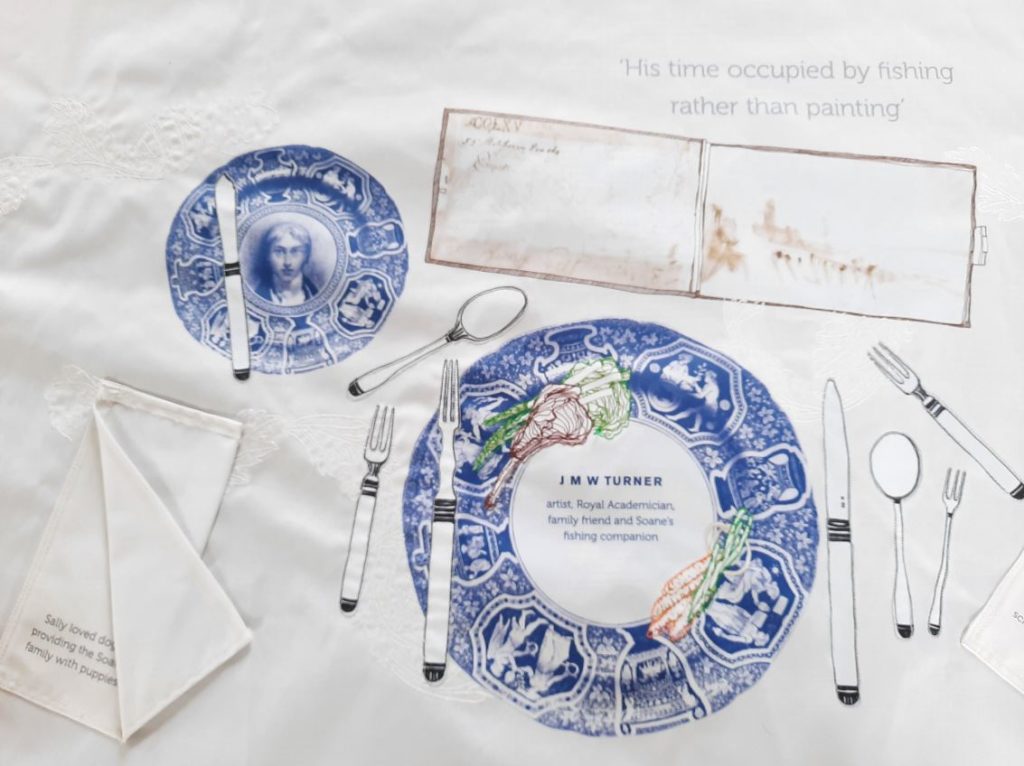
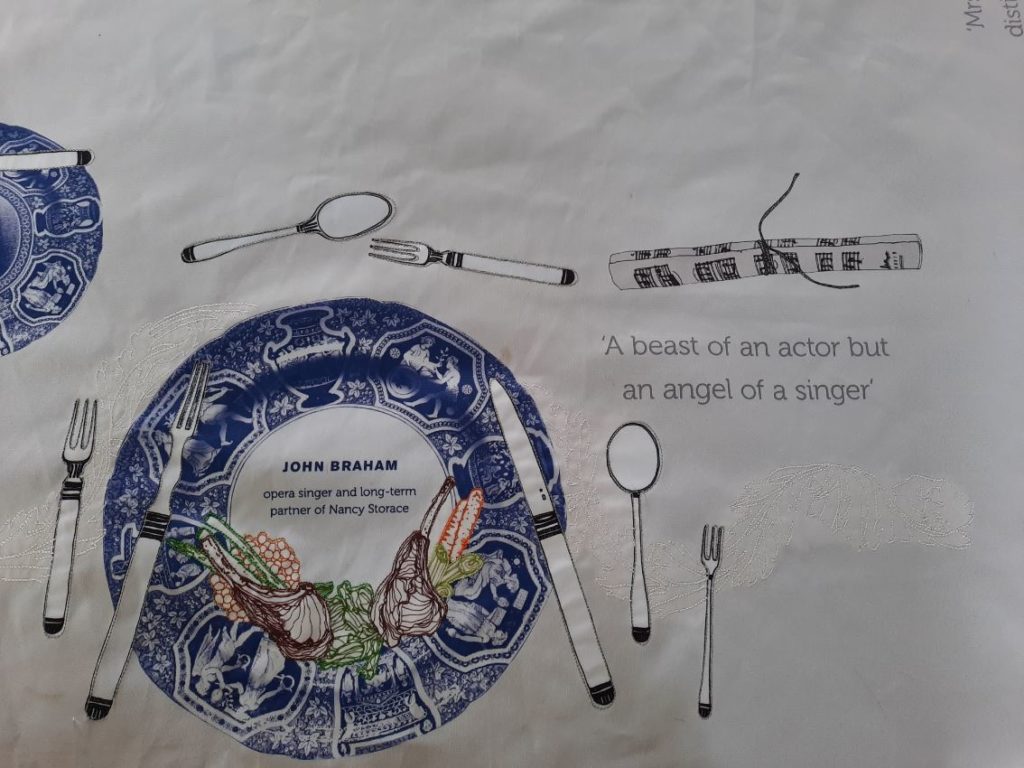
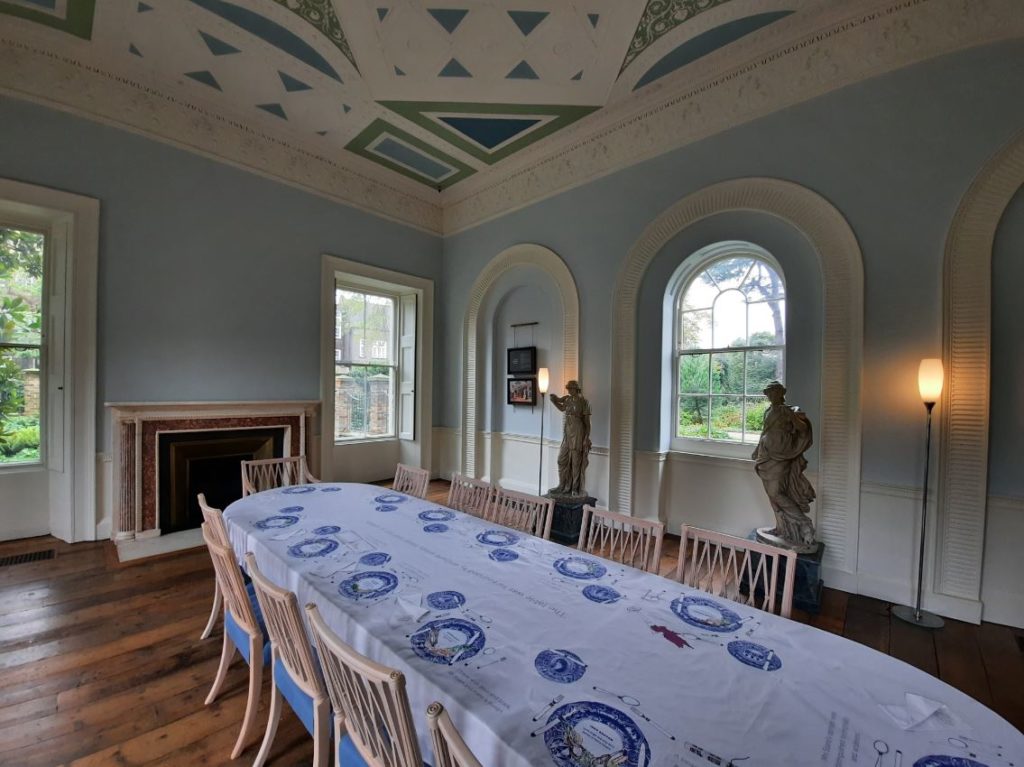
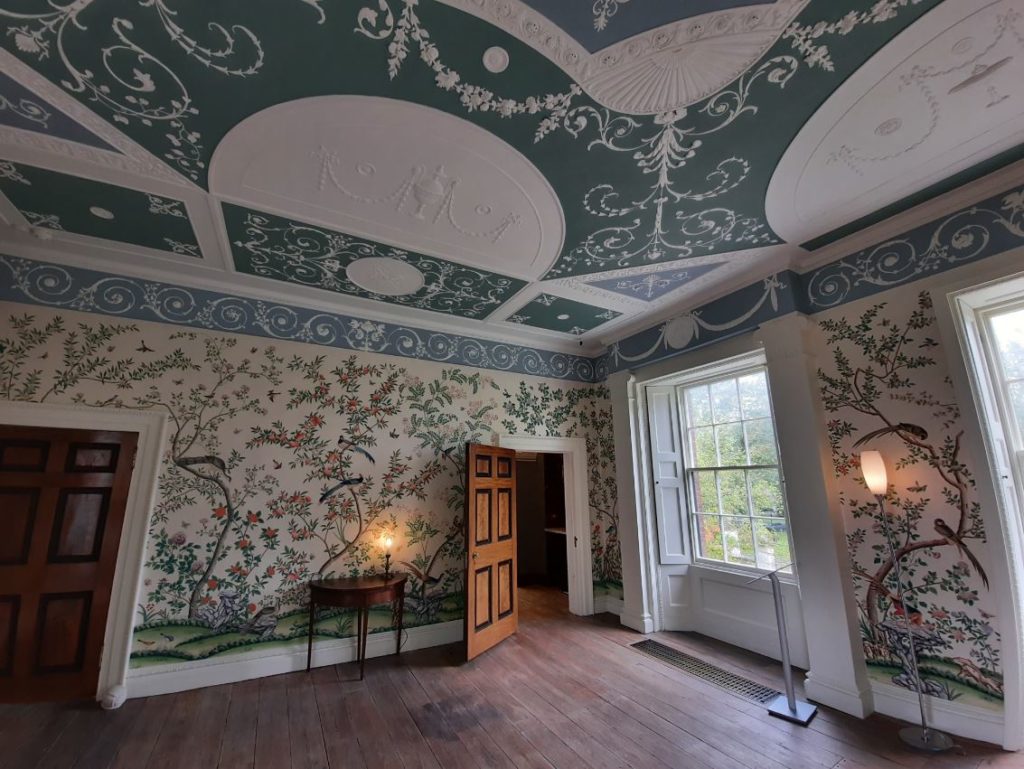
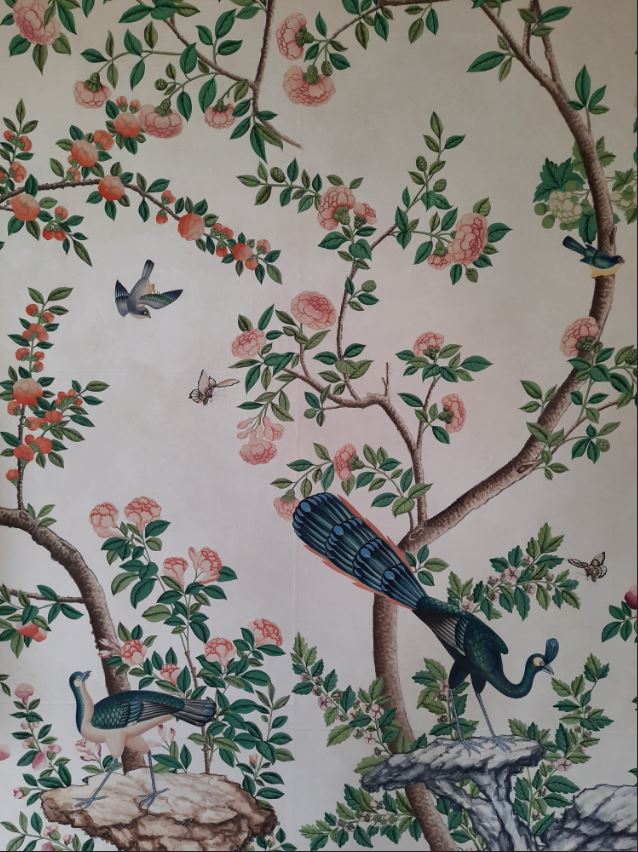
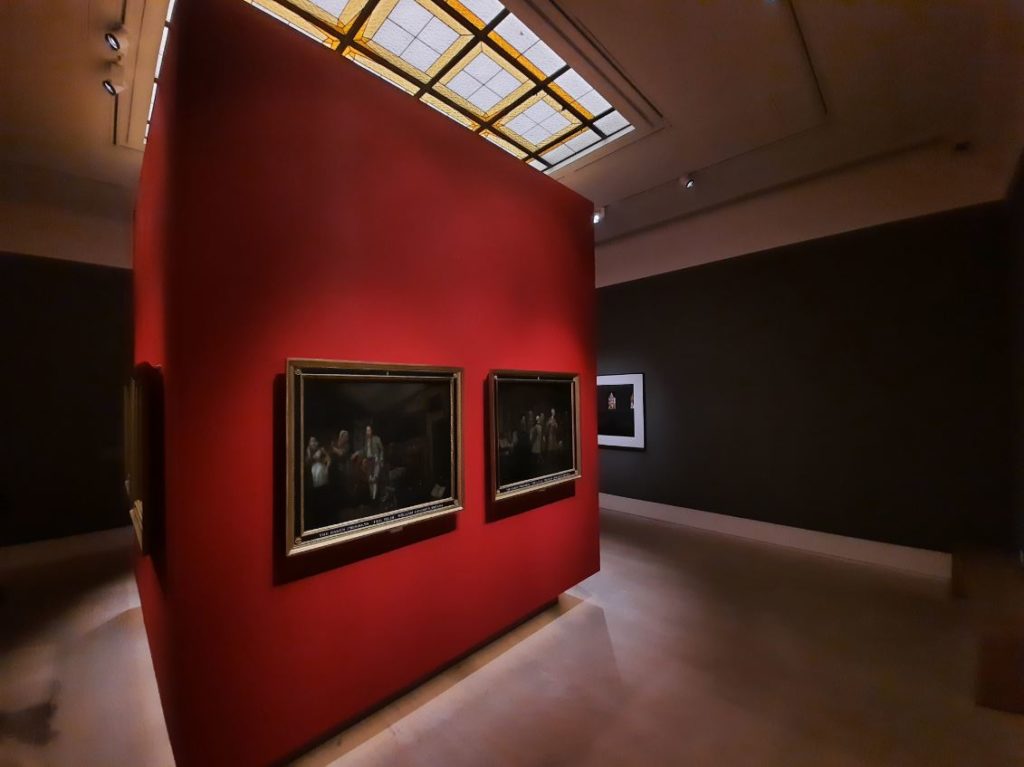
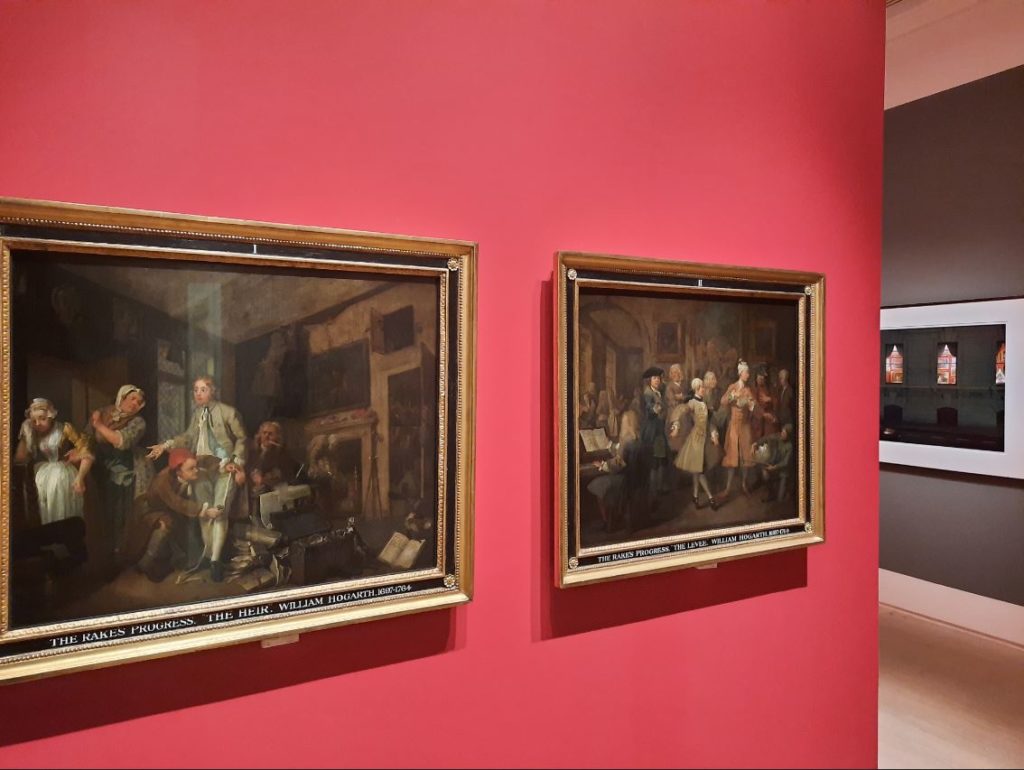
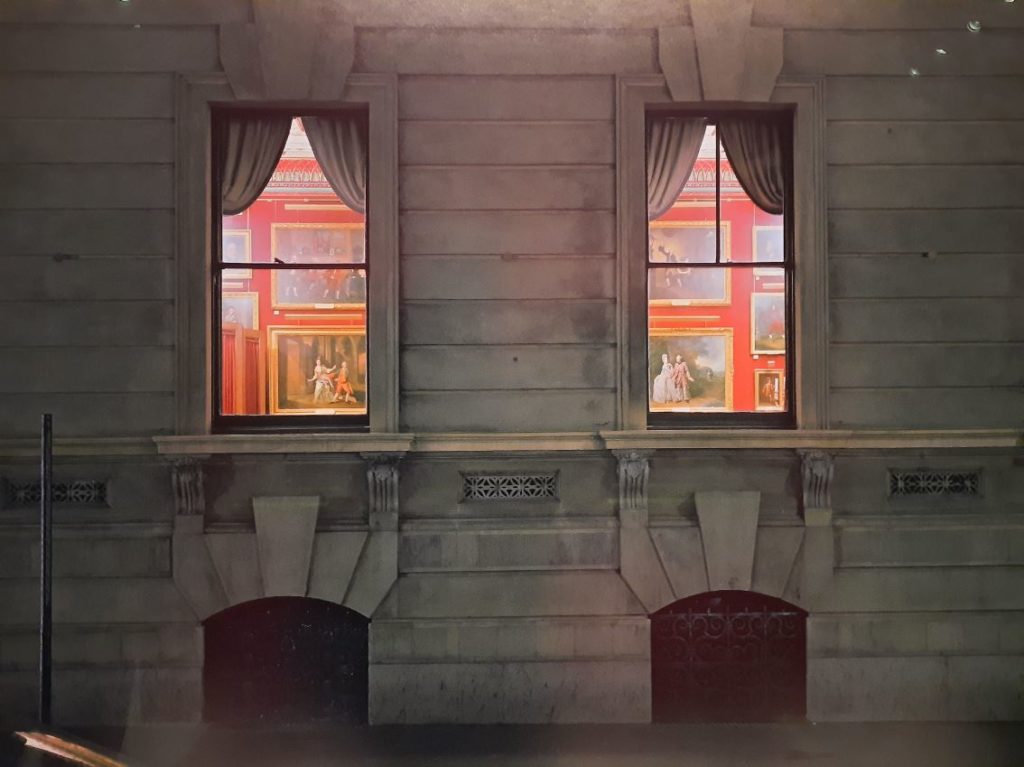
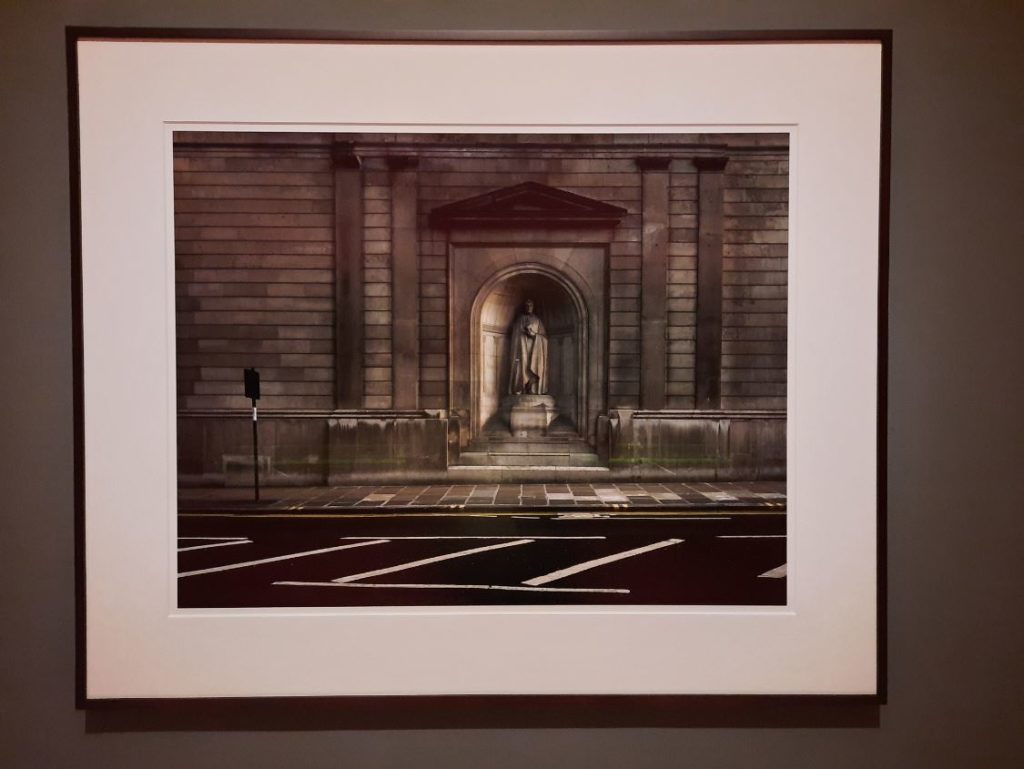
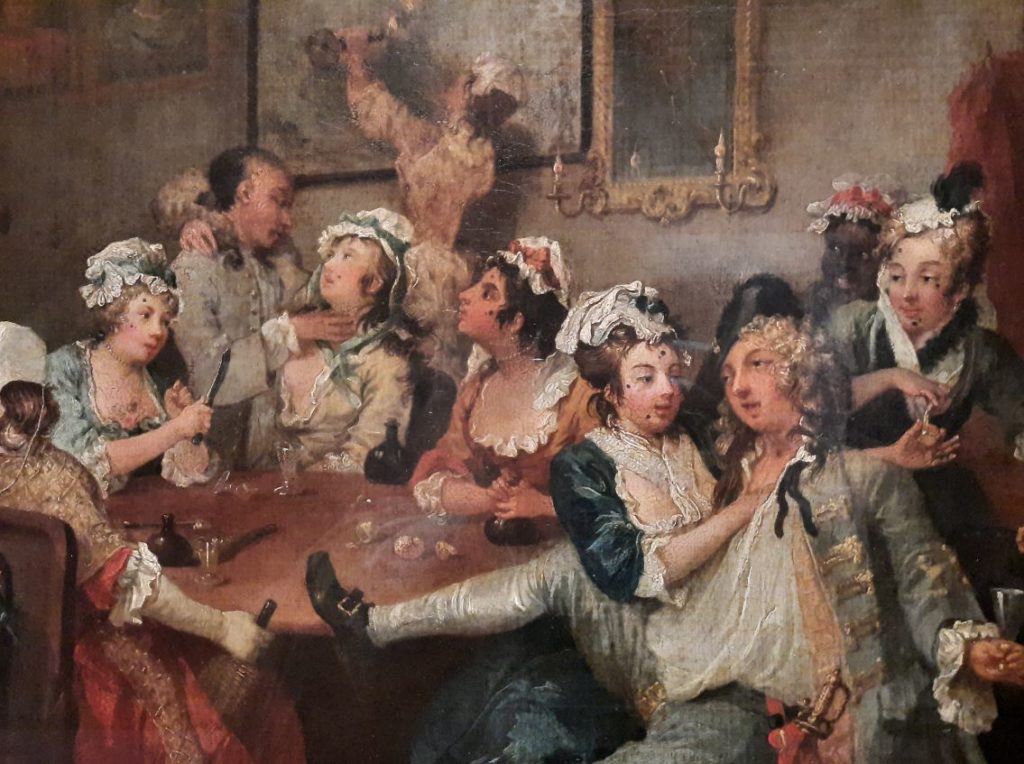
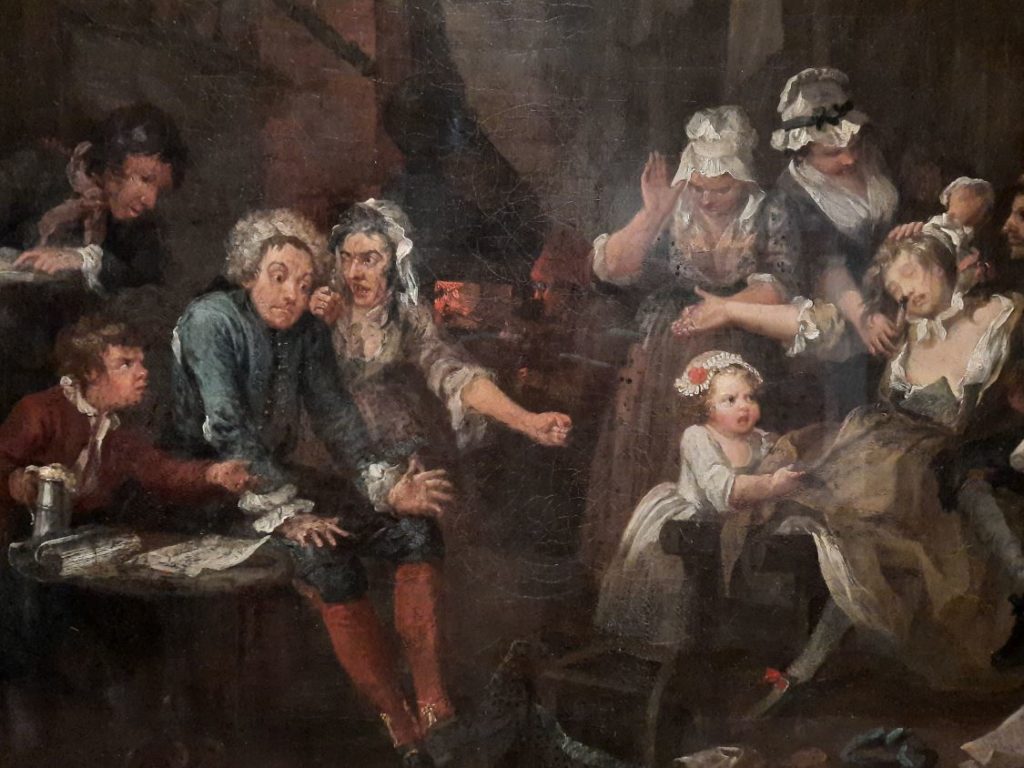
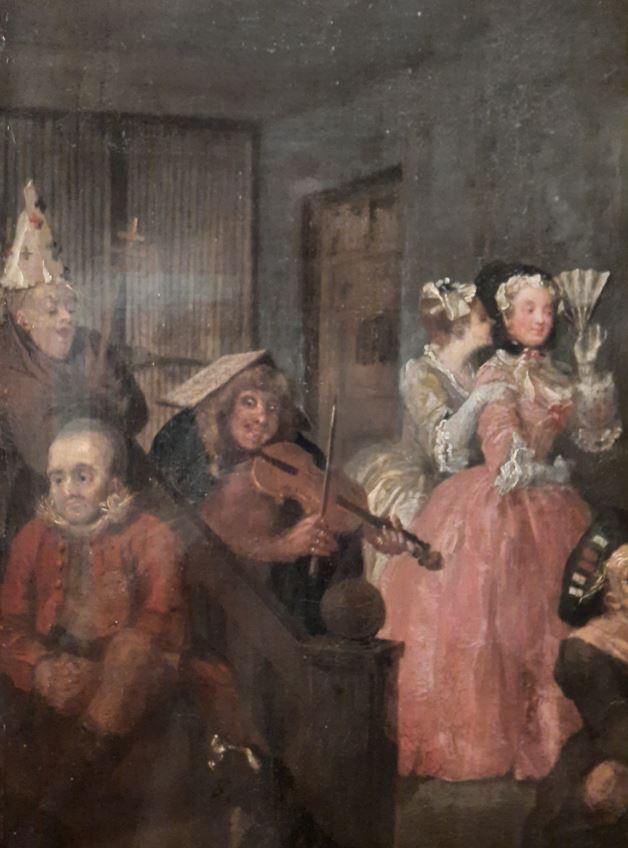
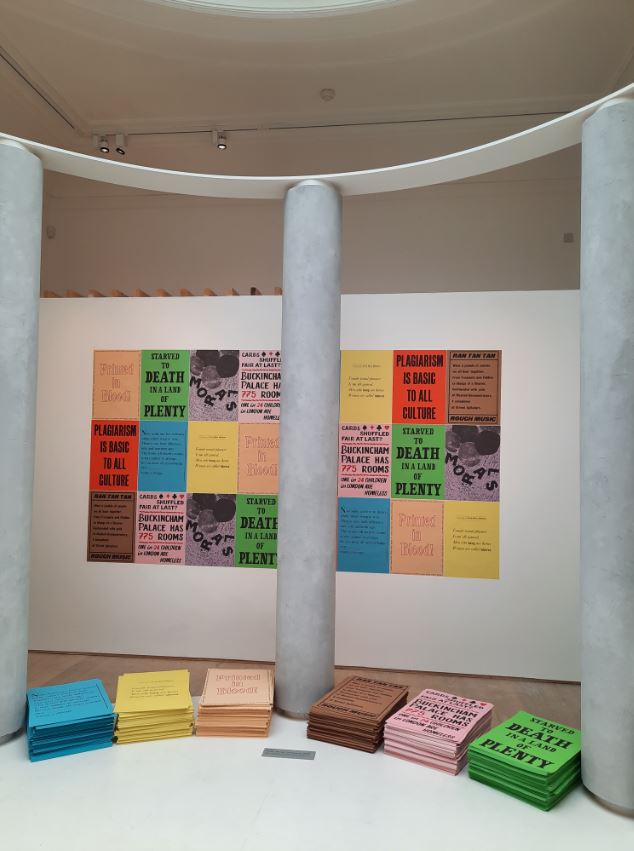
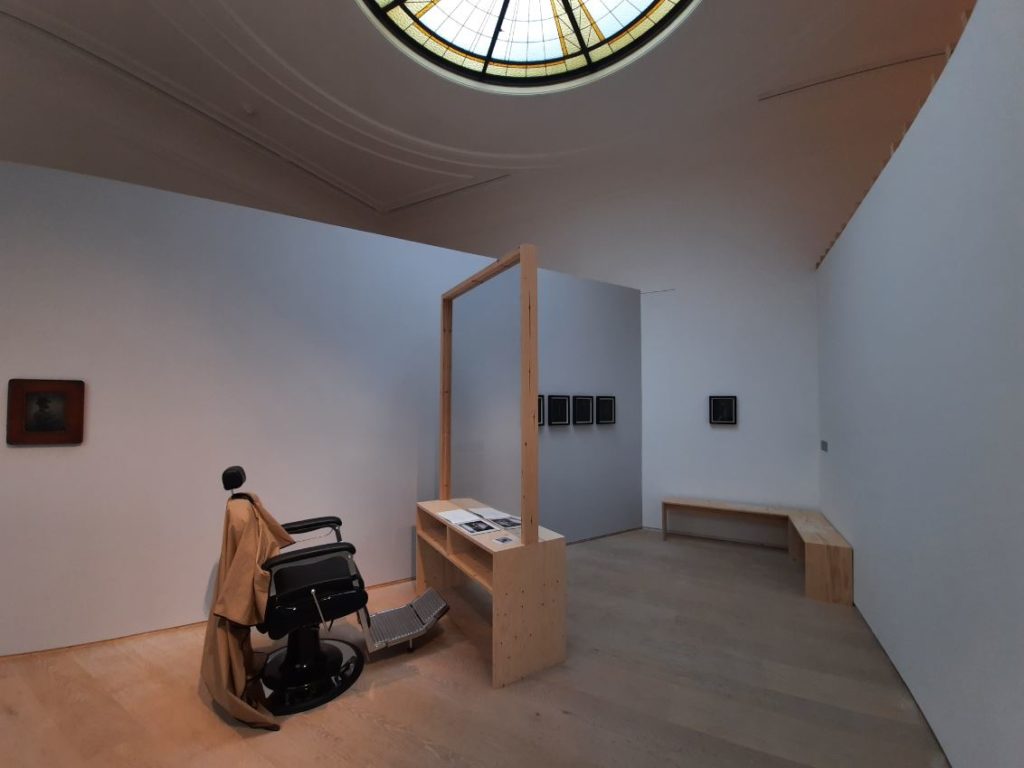
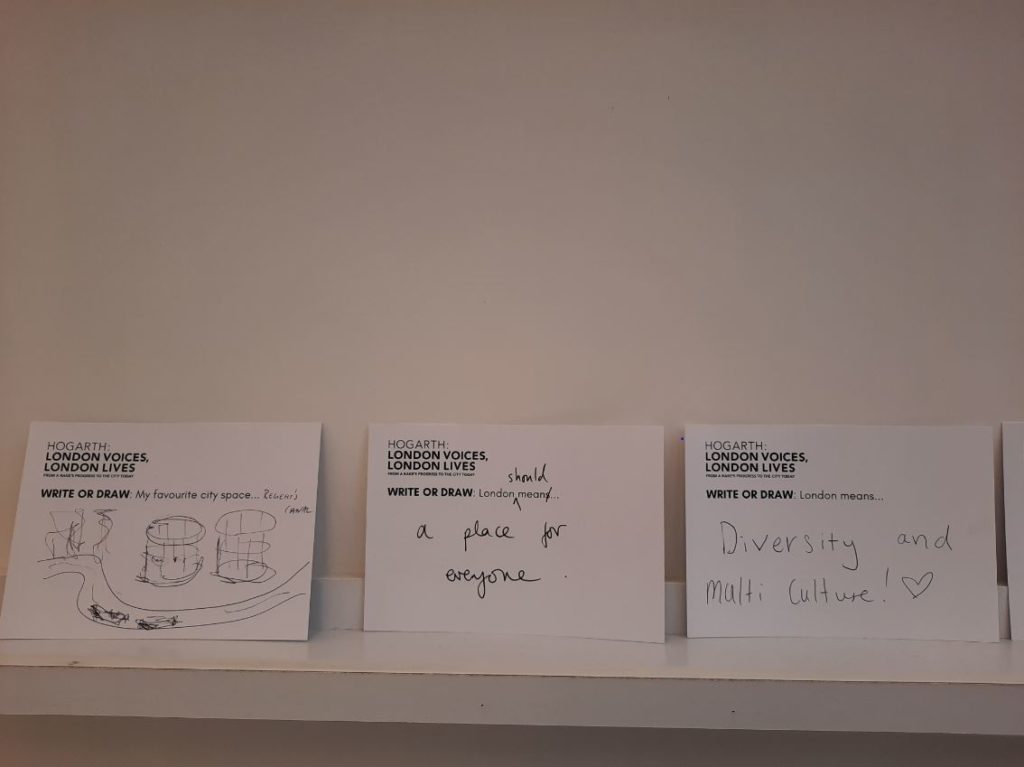
5 thoughts on “The Covid Diaries 41: Pitzhanger Manor, London Voices, London Lives”